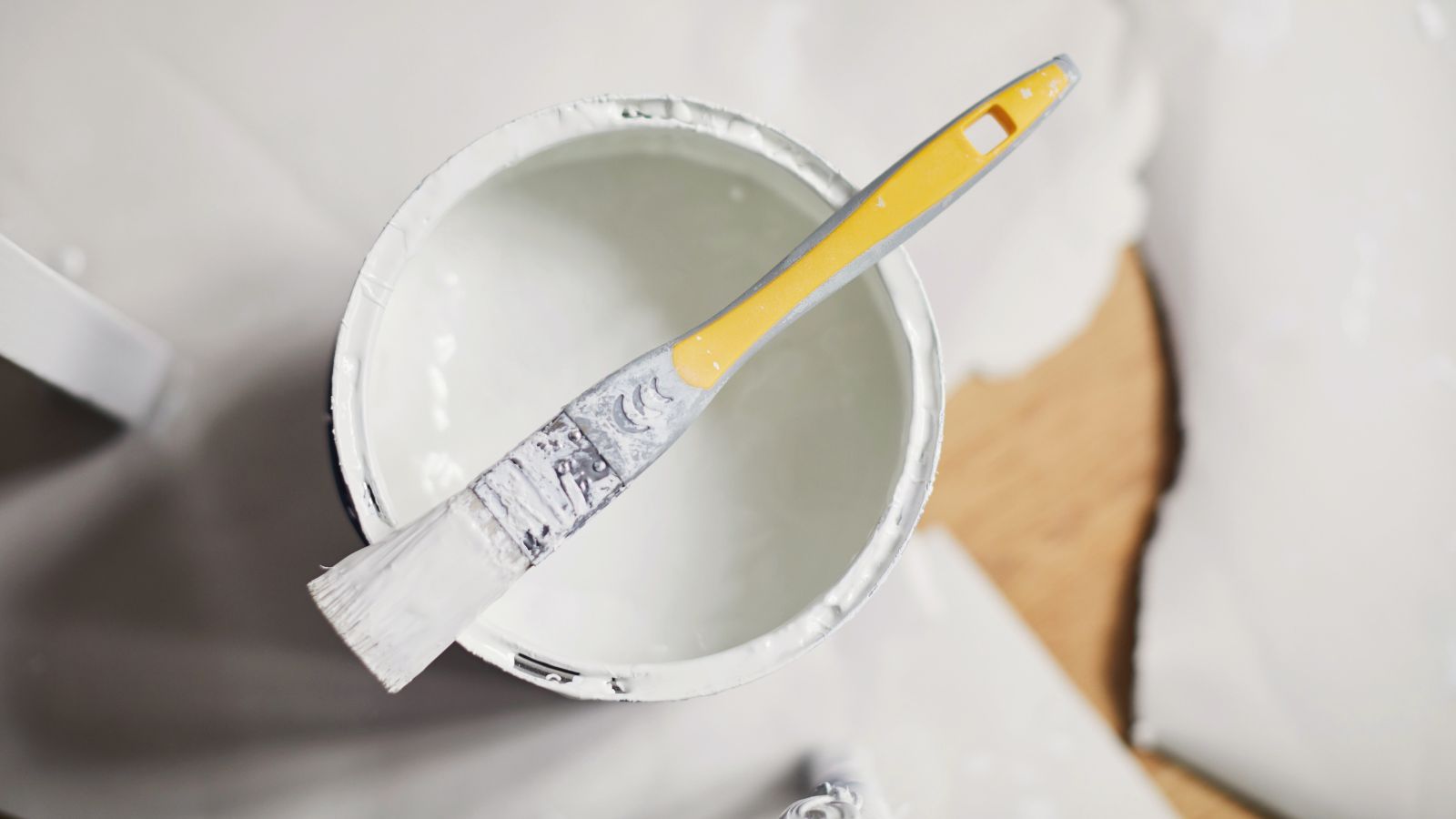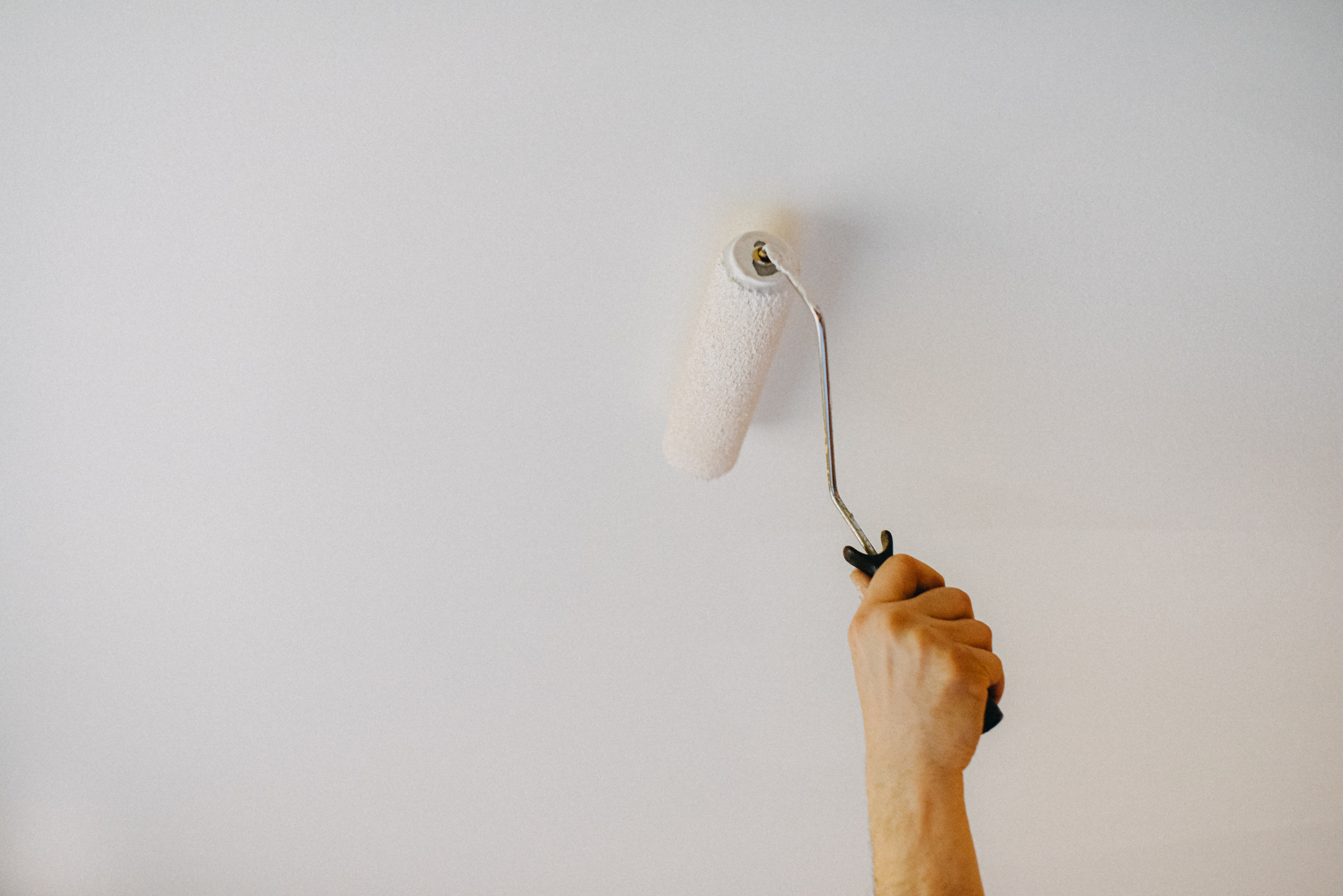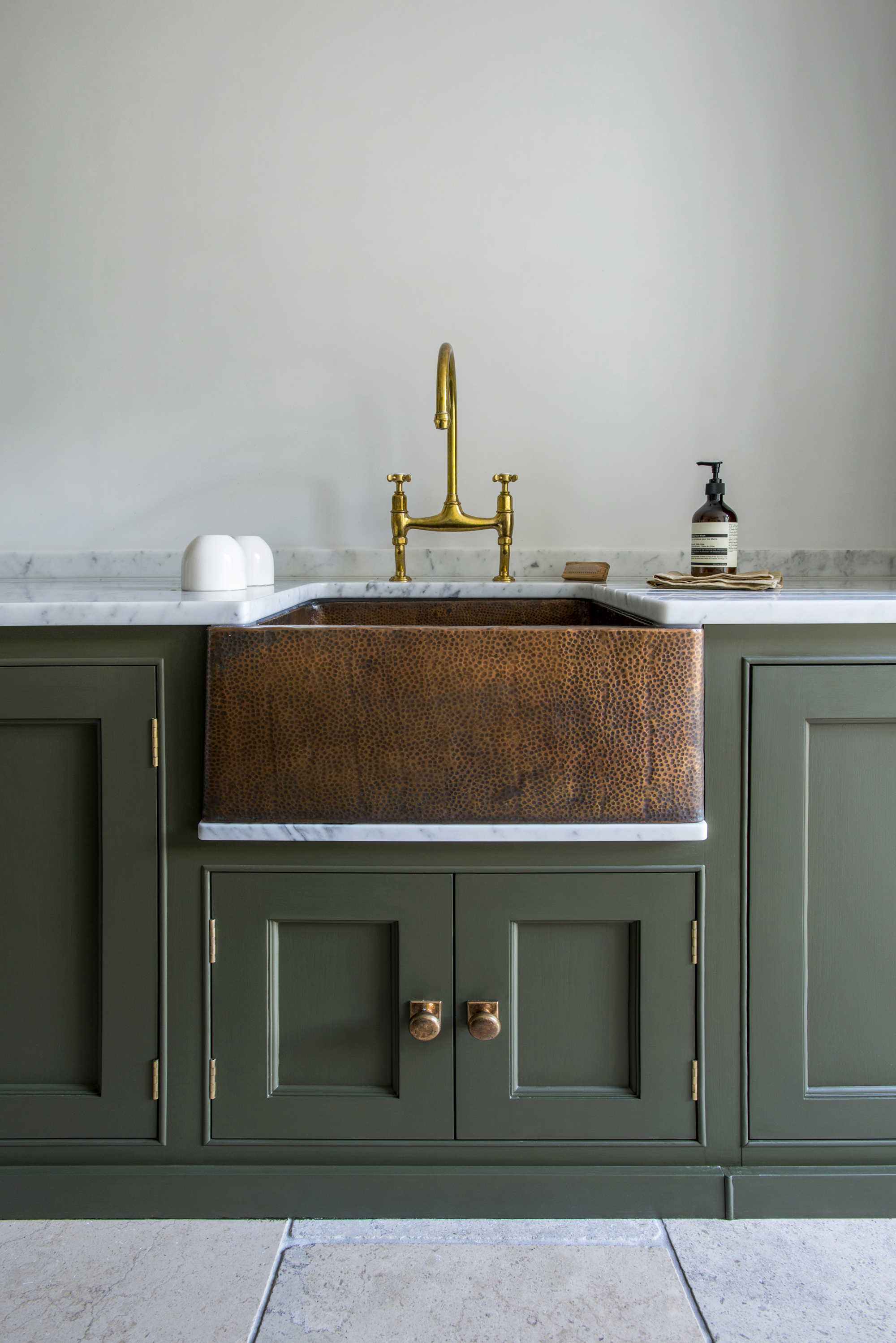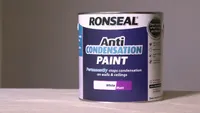Is anti-condensation paint worth it? Home improvement experts share their thoughts
Although not a common paint finish, anti-condensation paint could be the answer to recurring mold, experts say


If you are tired of dealing with mold on your walls in winter and have already tried everything to prevent it, then it might be time to turn to your paint finish for answers.
Besides using the best dehumidifier and heating your home thoroughly, anti-condensation paint could be the perfect answer to a recurring mold problem, experts say – but there are some important caveats to note before coating your whole home with it.
This is why anti-condensation paint could be worth it for you, and what you need to know about how this magic paint works.
Is anti-condensation paint worth it?
There are plenty of ways to prevent condensation in your home, from houseplants that banish condensation to using a window vac to beat condensation in the mornings. However, if you frequently experience mold due to high levels of condensation on cold walls, anti-condensation paint may be the only answer, says Michael Murray, painting expert at Textbook Painting:

‘Anti-condensation paint is formulated to help mitigate or prevent condensation issues,’ he begins. ‘Condensation occurs when warm, moist air comes into contact with a colder surface, causing the moisture in the air to condense into water droplets on the surface. Anti-condensation paint helps to address this problem by providing a small amount of insulation and moisture-resistant properties.’
Ronseal Anti-Condensation Paint | $42.60 at Walmart
This anti-condensation paint leaves a tough scrubbable finish to prevent mold. It can even be used as a primer under your desired paint color.
It is important to note, however, that this type of paint finish will only be effective if mold in your home is caused solely by cold surfaces and higher humidity, and you paint walls correctly for even coverage Ladina Schopf, architect, and founder of LS Projects, continues:
‘In my experience, anti-condensation paint can be effective in preventing moisture-related issues such as peeling paint, water stains, and mold growth. However, it is important to note that this type of paint is not a solution for underlying structural or moisture issues, such as leaking pipes or poor ventilation.
Design expertise in your inbox – from inspiring decorating ideas and beautiful celebrity homes to practical gardening advice and shopping round-ups.
‘I have personally used anti-condensation paint in bathrooms and kitchens with great success,’ she shares. ‘It is particularly beneficial in areas with poor ventilation or high humidity levels. By using this paint, homeowners can protect their walls and ceilings from moisture damage and ensure a healthier living environment.’

Ladina is the founder of design studio LS Projects; specializing in architectural design and bridging the gap between aesthetics and practicality.
There is no denying that this type of paint works, adds Andre Kazimierski, professional painter and CEO of Improovy, and is worth it when you get rid of black mold and have ruled out any other sources of mold throughout your home.
‘In my opinion, it can't hurt to add this type of finish if it's something you're considering. It might just be the solution you're looking for to cut down on condensation within your home,’ he says. ‘For the best effect, it is best to use this paint to prevent mold growth in a laundry room, kitchen, or bathroom – or even your bedroom if you do not have good ventilation and frequently sleep with your door closed.’

Andre Kazimierski founded Improovy in 2019 and has developed it into a leading home improvement service. It is his mission to make painting more efficient for all of his clients and uses generations of expertise to inform his work.

That being said, it is important to note the cost factor of specialist paint, says Millie Hurst, Solved section editor at Homes & Gardens.
'Anti-condensation paint can be a little more difficult to find than your standard anti-mold of grease paint,' she says, 'this usually gives it a slightly inflated price tag, meaning whether or not it is worth it will depend on how bad your mold problem really is and what else you have tried first.
'If you have tried everything else and are at a loss for what else to try, then condensation paint may be worth it.'
FAQs
Does anti-condensation paint make a room warmer?
Anti-condensation paint won't heat up your room, but it can help it maintain a more pleasant ambient atmosphere by reflecting heat back into the space and adding a small amount of extra insulation. This makes it a great paint finish for older period properties that don’t have cavity wall insulation.
How many coats of anti-condensation paint do you need?
Anti-condensation paint is not too dissimilar to regular paint and requires around two coats for a full flawless finish. Apply the paint as normal, following the manufacturer's instructions for accurate drying times for the best results.
Before applying anti-condensation paint around your home, it is important to properly prepare your walls for painting by removing any mold and drying them completely if they are already suffering from condensation.
Painting on warmer days when you can open windows for better ventilation will allow the paint to dry thoroughly and quickly and prevent mold from developing before the paint has had time to get to work.

Chiana has been at Homes & Gardens for two years and is our resident 'queen' of non-toxic living. She spends most of her time producing content for the Solved section of the website, helping readers get the most out of their homes through clever decluttering, cleaning, and tidying tips. She was named one of Fixr's top home improvement journalists in 2024.
